The Art of Creation: Place
July 31, 2025 - The art of Phaedra Taylor is delicate—and yet strong enough to elicit strong emotions about place and home. By Louise Conner

Artist Phaedra Taylor lives in Austin, Texas with her family where much of her work centers on the intersection of art and faith. Married to Anglican priest and theologian David Taylor, they often partner to create liturgical resources for families and churches. She wasn't raised in the church, but it is now central to her life and her art.
Taylor is an encaustic artist (which combines heated beeswax with pigment to create paint) and a watercolor artist, sometimes combining it with ink. Nature is featured prominently in her work, in particular to places with deep meanings and memory for her, such as mountains and tide pools, which have entire series centered on them.
Place is a theme central to her work and is named explicitly in her "Mountain" series and in her "Placemaking" series.
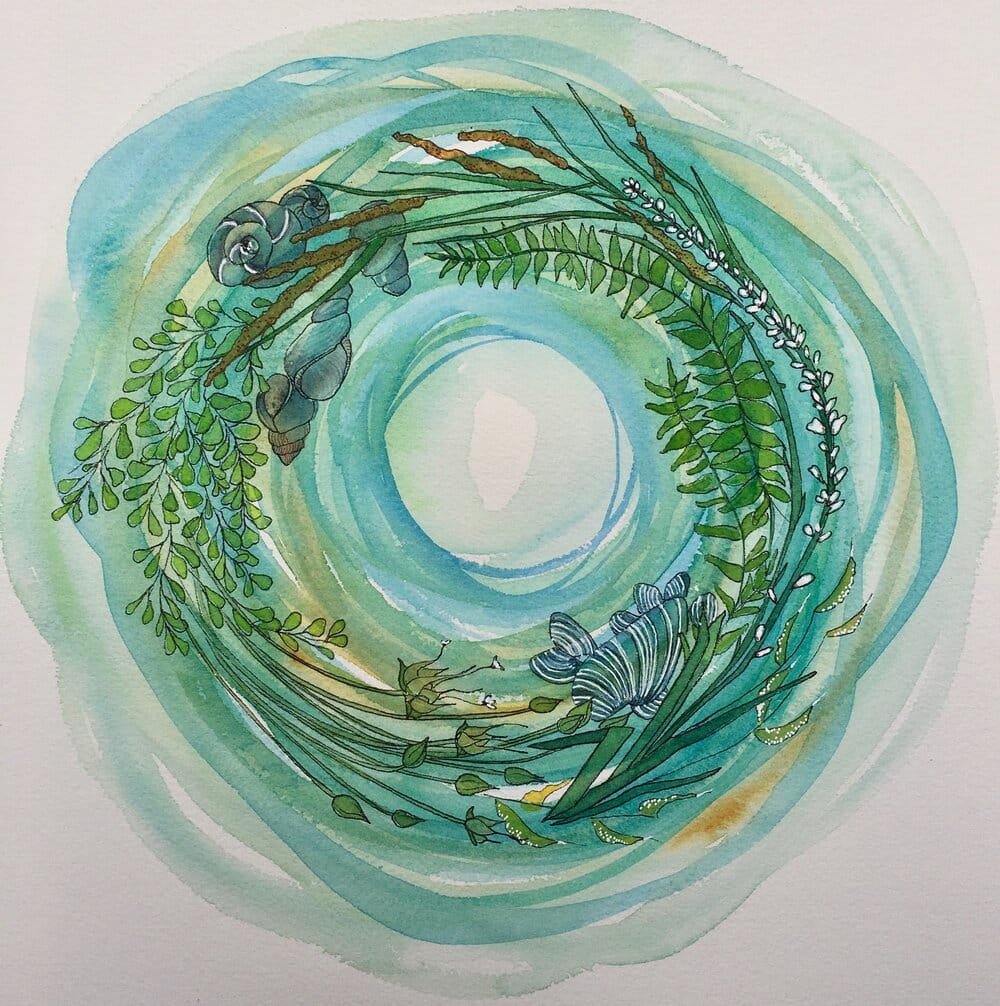
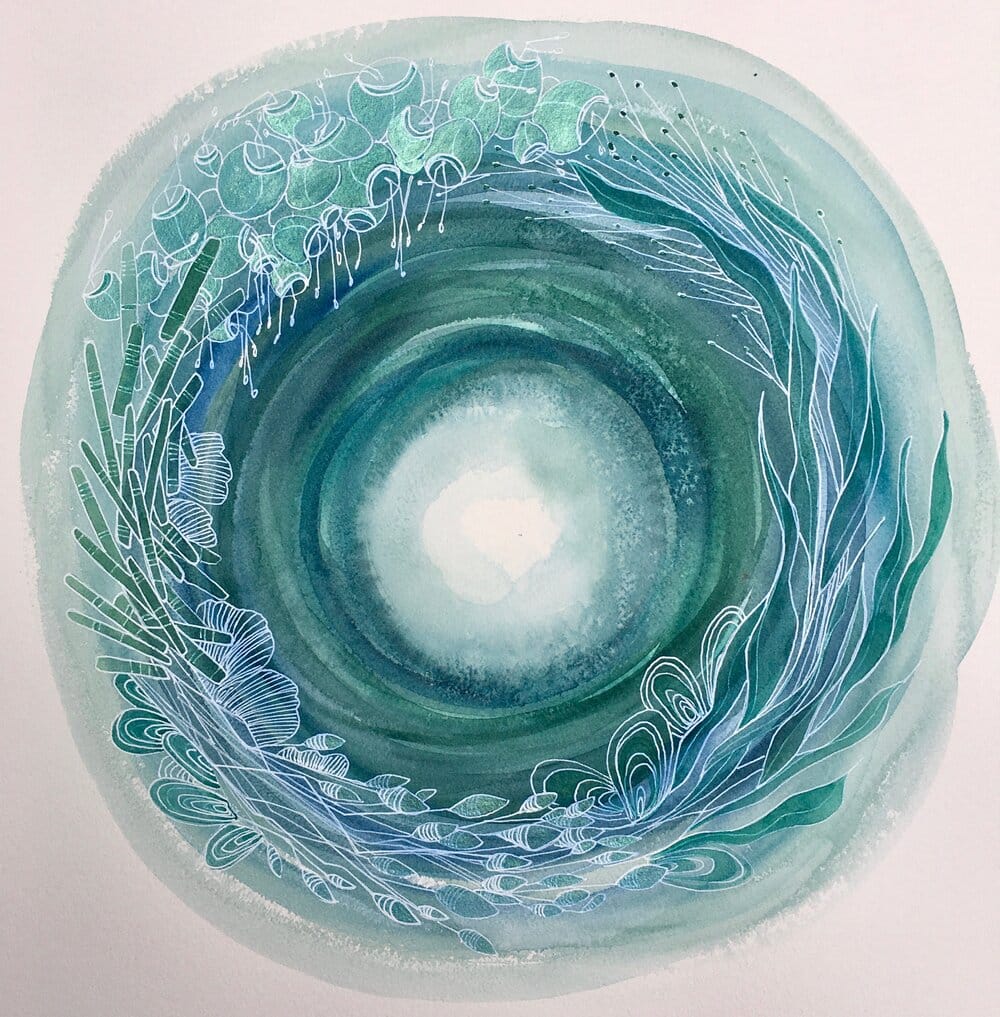
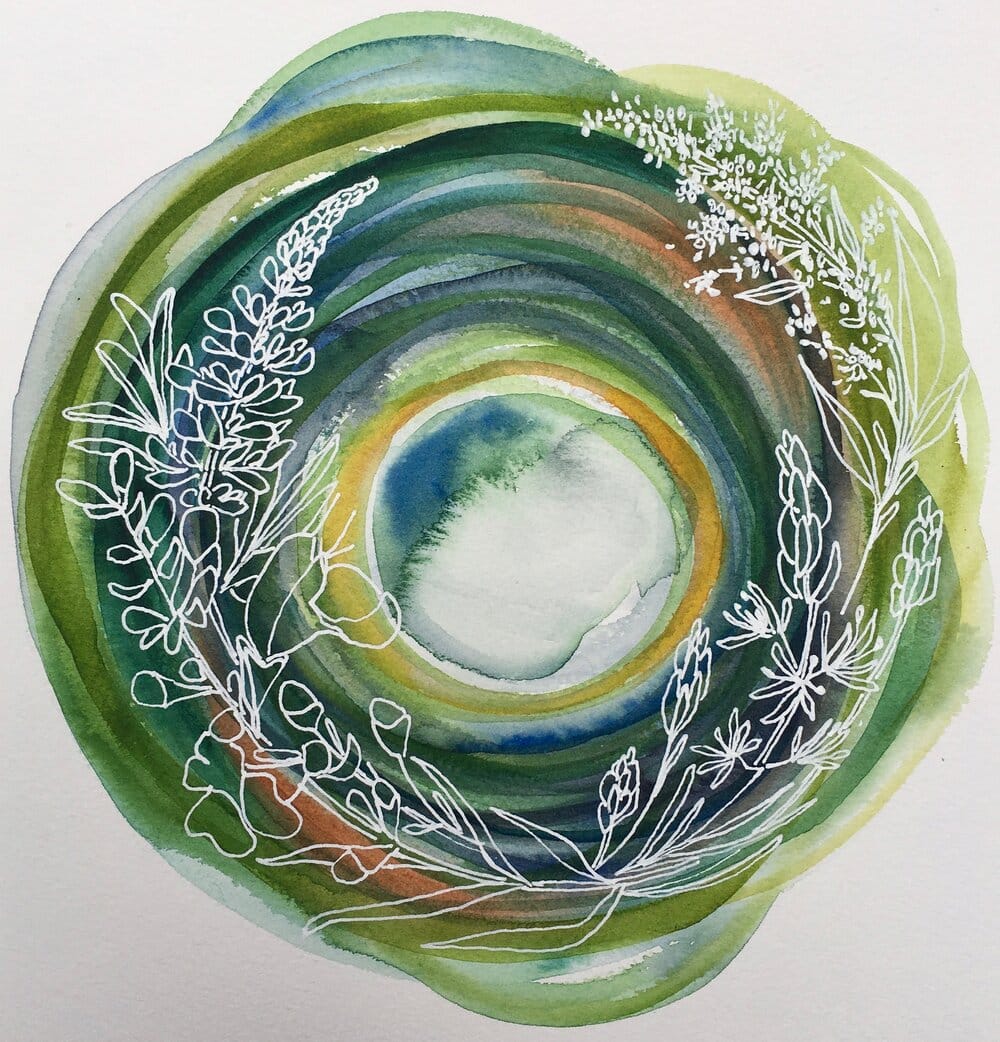
Left: Gulf Coast Texas, 2020; Center: Ocean, 2020; Right: Central Washington Creekside, 2020, all Watercolor and Ink, Phaedra Taylor, Placemaking series.
Her "Placemaking" series was done onsite, where she mixed water from a nearby ocean, stream, pond, or lake with paint to form her watercolor paint. Drawing her color palette from the place where she was and incorporating the plants and animals she observed while creating the painting, each of these circular images is specific to that particular place. These circular watercolors capture the essence and mood of each place in a way that makes evident the uniqueness of that place. With just one painting, you feel how different the place of "Central Washington Creekside" is from the place of "Ocean," for instance. The paintings are as distinct from each other as the places are.
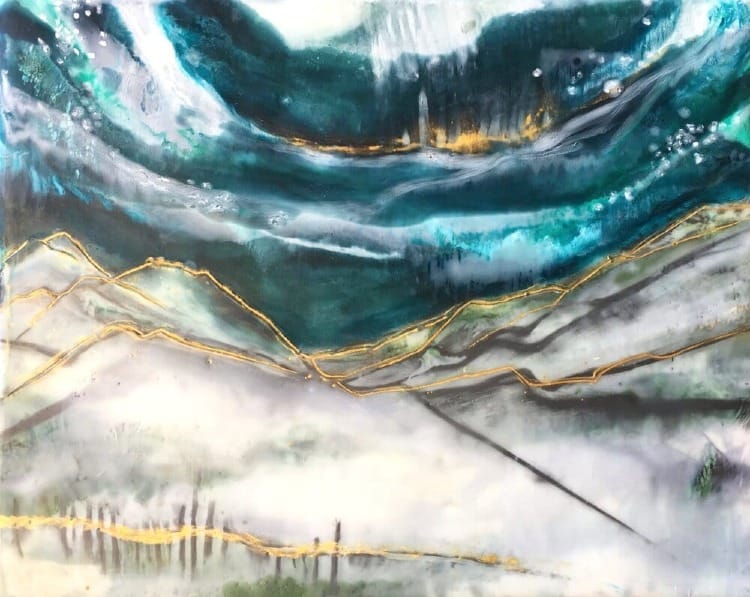
In her Mountain Series, Taylor again works within the theme of place, in this case a place that has deep meaning to her personally. Raised in the northeast of Scotland (Aberdeen) until she was 13, she has explained that this mountainous region of Scotland remains central to her sense of home. Even after living for many years in Texas, Scotland is embedded into her idea of place and belonging.
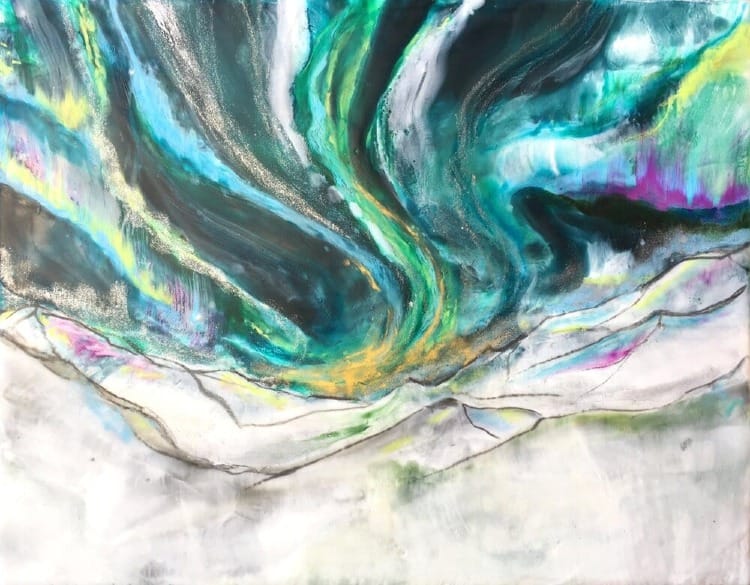
Taylor talks about these places in Scotland and their significance to her: I have a deeply powerful memory of standing in another place in Scotland, a rocky beach, and looking up at the night sky filled with the Aurora Borealis as it danced and undulated overhead. These memories are places where I felt caught up into what I know now as the life of God.

These paintings are an attempt to keep alive and celebrate these memorable moments from my childhood. I carry a grief that I can no longer live in the place I call home, and that ache teaches me to yearn for a new world to come that we can only now see peaking over the eschatological horizon. She quotes British nature writer, Robert Macfarlane, who says:
We tend to think of landscapes as affecting us most strongly when we are in them or on them, when they offer us the primary sensations of touch and sight. But there are also the landscapes we bear with us in absentia, those places that live on in memory long after they have withdrawn in actuality, and such places—retreated to most often when we are most remote from them—are among the most important landscapes we possess.
This makes me think of how important places are in our memories and identity. Every time I have moved to a new place, I have felt unsettled until I found a place that welcomed me into relationship, a place I became familiar with. These places in some way enabled me to experience the creation in real, sensory, and intimate ways, and were places where I encountered God in honest and relational ways. Sometimes these have been places of great beauty, but often there was not anything someone else would have called spectacular. One of the first of these was a grassy hilltop on the edge of the Washington State University campus, where I learned to dance with silver maple leaves. These are places that made me feel rooted and real. They have been home to me and when I've left them, they remain significant in my memory.
Perhaps the most spectacular of these places is an island in Puget Sound that was owned by my grandparents throughout my childhood. It placed and still places me in significant ways. The following poem describes a bit of what that place has meant to me.
Hope Island
by Louise Conner
A hundred acres was enough
to live on: orchard apples, oysters from the inlet
water from the spring. If that wasn’t enough
to survive on, the quiet was there to feed you—
the herons rising up from secret nests
no one in the world knew about but you.
It does something to you, believing
there is always a place you can go,
an empty island waiting to receive you
surround you with a moat of water.
You, knowing how to slide past the defenses—
the “Private Island” signs, barnacled beaches
that scratch keels and bare feet
unless you know where and how to land,
poison oak growing off the paths—
you could make yourself at home here.
When family sells and it becomes public, you lose
your right to circle in a boat, expelling invaders.
Like everyone else, your stay is limited to ten days.
Your claim reduced to one seven-millionth;
maybe the tree branch your kids sit on
before the caretaker shoos them off,
the oyster shell you’re not allowed to remove,
perhaps the heron nest, hidden in the island’s center
deep inside, where the trails still don’t go.
I wonder if you have places like that, places you are "homesick" for when you can't get back to them, places that have played a part in the formation of your identity. It seems to me that these places show us that we are not primarily spiritual creatures who happen to have physical bodies, but that we are meant to be embodied, in places that welcome us, draw us in, and allow us to think of them as "home." If there are places that are important in this way to you, I would love to hear about it.
See more of Phaedra Taylor's work at her website or on social media such as Instagram. Works such as the Prayers for the Pilgrimage, published in 2024 by IV Press, combine prayer paintings done by Phaedra with written prayers from her husband, David, to create an intriguing prayer book. Her work has included a significant amount of commission work for churches and individuals as well.
Feel free to leave a comment below (you can sign in through your email) or contact me directly at louise.conner@circlewood.online.
Louise

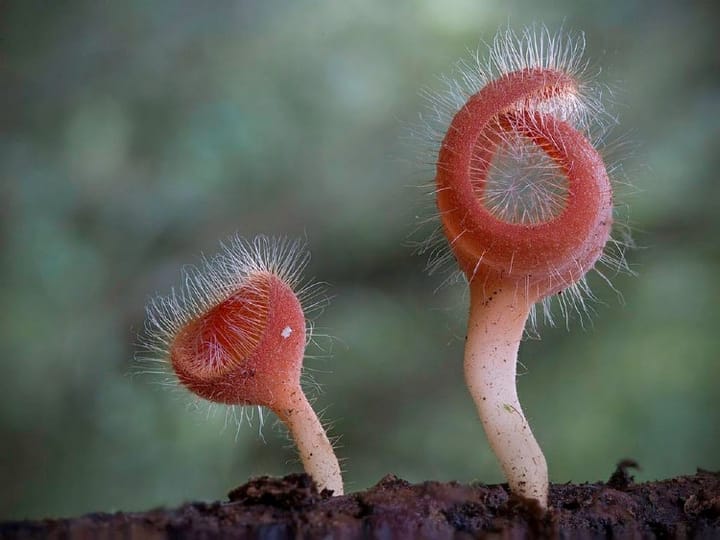
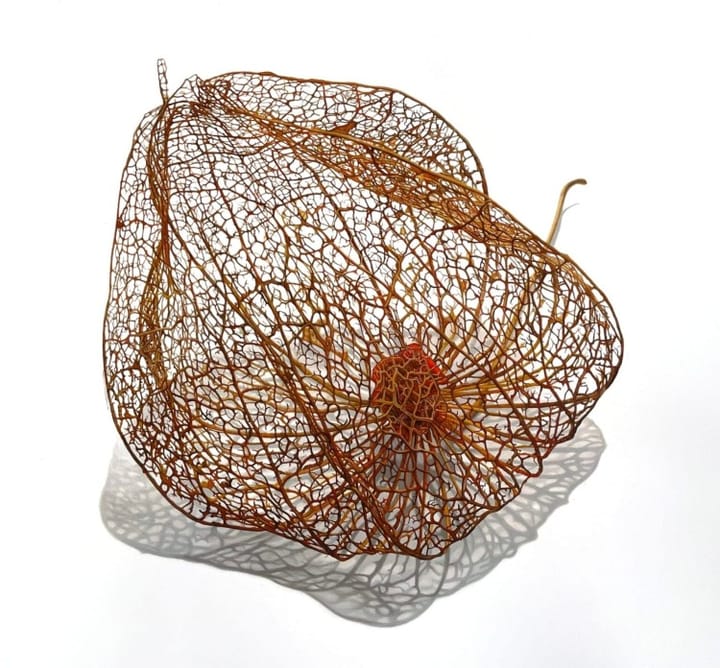

Comments ()